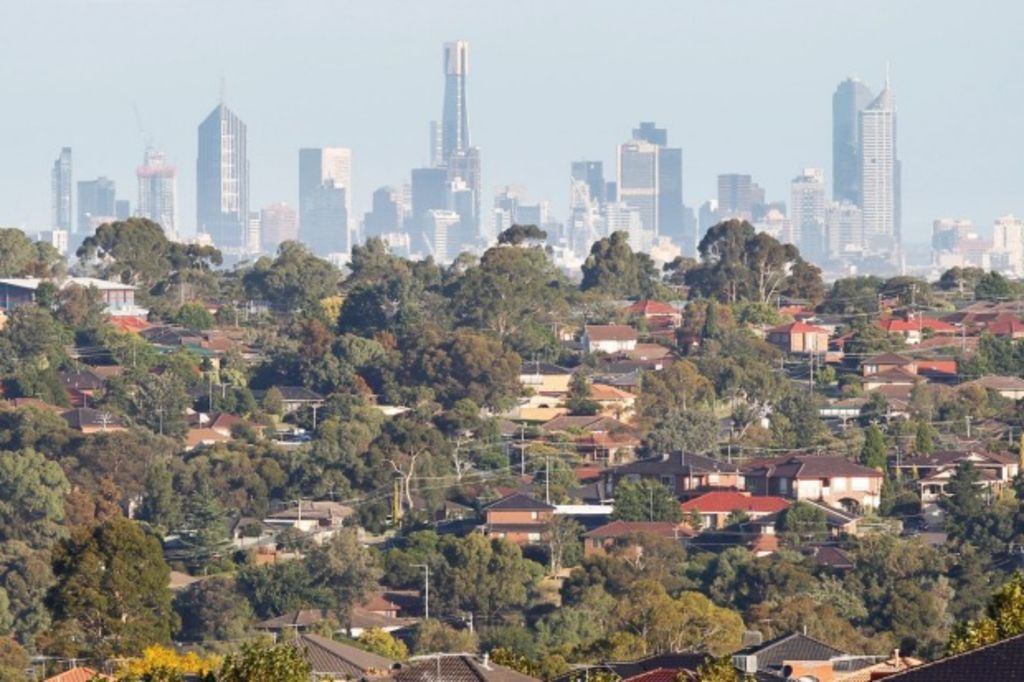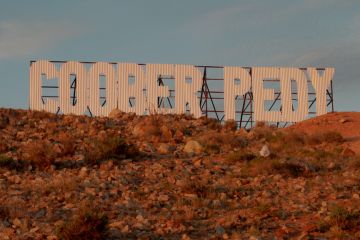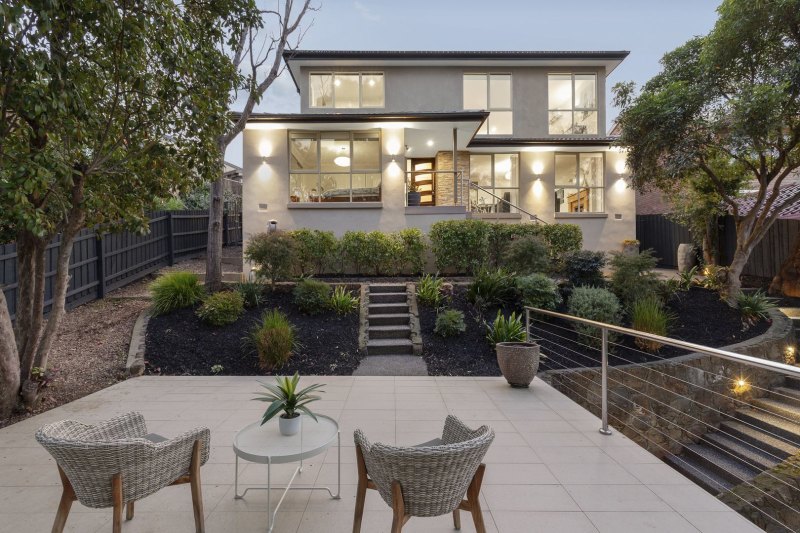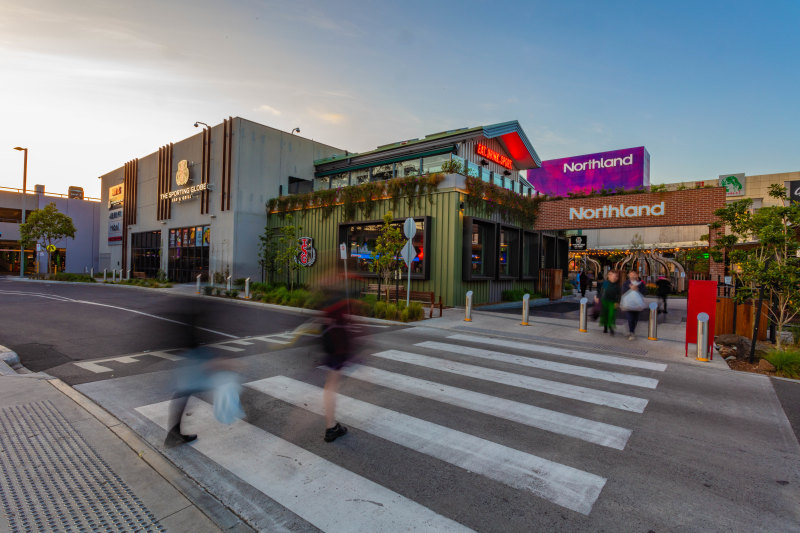Future fears: Melbourne young people won't have access to jobs by 2031

Buying a house on Melbourne’s fringe or even in the city’s established outer suburbs won’t be practical for young people in coming decades, as jobs continue to become highly concentrated in the CBD, research shows.
Forecasts show just half of Melbourne’s youth will be able to conveniently access the majority of the city’s jobs by 2031.
The study comes as homebuyers continue to flock to the fringe, where affordability attracts first homebuyers and construction of new homes boosts the state’s economy.
The projections, based on the most recent census data, show close to 250,000 young people will be able to access 10 per cent or less of Melbourne’s jobs within a 30 minute drive in fifteen years. Although new census data won’t be available until 2017, researchers say the trend is likely to still be on track.
The SGS Economics and Planning study looked at the migration of jobs from Melbourne’s suburbs to the CBD over the past 40 years.
The period saw a massive decline in suburban manufacturing and a huge rise in “thinking” jobs based around the central city hub, such as in management, marketing and finance.
SGS senior consultant Armando Mazzei said job growth would continue to be concentrated in the CBD because firms choose to be located close to one another and make themselves easily accessible to the largest pool of skilled talent.
“This is not just in Melbourne, it’s an international phenomenon,” Mr Mazzei said.
It’s not that young people on the fringe will be unemployed necessarily, he said, but instead they faced hours of commuting to work.
“People move to growth areas because they think, ‘in the future, this will be a beautiful area with grass and schools’ – but at the end of the day, the job prospects are really tough.”
He said young Melburnians will be particularly hurt because many do not currently have access to a private car and most live in car dependent locations, away from public transport options.
The study suggests solutions to the bleak forecast are better bus networks, affordable housing programs and, ultimately, a shift in opinion about development in established suburbs.
RMIT University planning professor Michael Buxton is a champion of building medium density housing in the middle suburbs, rather than expanding the city’s fringe.
“Governments don’t seem to have any idea how to get jobs out there,” Mr Buxton said in an earlier interview. “We will have a divided city unless governments address this.”
But Domain senior economist Andrew Wilson said job opportunities were growing in the north and west of Melbourne, as satellite cities in Ballarat and Geelong continued to be established.
“I disagree with urban isolation argument,” Dr Wilson said. “There has been a surge in first homer buyer numbers in Victoria, so young people are voting with their feet.”
He also believed future jobs would incorporate the ability to work remotely, which would lessen the need to travel.
Youth Affairs Council of Victoria chief executive Georgie Ferrari said she was alarmed by the research.
“In the future, if there is a dip in employment rates, all the research and trends show young people are even more vulnerable to unemployment, so it could be even worse,” Ms Ferrari said.
She also said young people tend to stay connected to the areas they grew up in because of social networks, so young Melburnians living on the fringe now may find it even harder to leave in coming decades.
We recommend
We thought you might like
States
Capital Cities
Capital Cities - Rentals
Popular Areas
Allhomes
More







